Alexis A Pétursson
Currently I am writing my master’s thesis in comparative literature at Haifa university, with the emphasis on ancient Greek and Roman literarure . In 2019 I graduated in Comparative literature and Asian Studies with honors (Summa cum Laude), as well as I received a special accommodation and won a Dean’s scholarship for graduating in the top 1% . In addition, I speak 7 languages, including: Hebrew, Russian, English, Ukrainian, Spanish, which I am fluent in, as well as Latin, Chinese Mandarin and currently I am learning Icelandic.
Neologism in the age of feminism in the Hebrew language
Is the Hebrew language coequal in terms of gender equality ? Words are created and used as an expression for worldviews and ideologies. words are the final product of subjective understandings of reality. Therefore, as a whole : words are the mirror that reflects the cultural values of a society. The Hebrew language, as a Semitic language, naturally emphasizes patriarchal structures within it. In Hebrew, every noun and every verb is classified as having a grammatical gender. For example: “a drawing” is male, and “a picture” is female within its grammatical genders. In English, for example, there is no such classification, except when it comes to people and animals. Such a binary linguistic classification, which divides everything into male or female, contributes to the (conscious and unconscious) assumption that the entire world is organized in a clear gender division. Based on this division, it is easy to establish a sweeping distinction between women and men, females and males, and between boys and girls as “a natural" division, and not as a product of culture and society. The rules of the Hebrew language place the female gender in a lower position than the male gender. For example: in the Hebrew language there is a systematic preference for choosing the masculine form, even when there is a feminine majority. This linguistic structure erases the presence of the female gender, and as such, conveys that the gender worth mentioning is the male. Another example, is the word for “Husband” in Hebrew, which translates into “ a master” or “an owner , or the word for “Female” which literally means “a hole” used in a synecdoche figure of speech to point to her sexual organ. With that said, how does modern day Hebrew deal with the patriarchal and hegemonic difficulties of the language? How do women choose to express themselves in Hebrew in a way that reflects them too, and not as an inferior being?, in this presentation I will address the different solutions and routes that women and feminists are trying to implement in modern day Hebrew in order to solve the gender inequality within the Hebrew language.

